The allure of Western rustic charm in home decor is undeniable. This style, characterized by a palpable connection to nature and the romance of the frontier, is steeped in history, traditions, and a sense of timeless elegance. Central to this theme is leather furniture—a material that effortlessly conveys ruggedness, luxury, and heritage. In the following sections, we’ll unlock the secrets of using leather to curate spaces that resonate with authentic Western vibes, from understanding the nuances of skin selection to exploring styling techniques and beyond.
The Timeless Allure of Leather
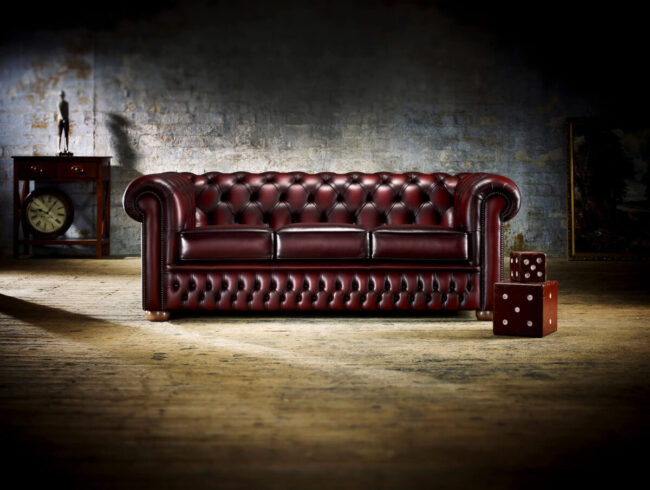
Since ancient times, leather has woven itself into the tapestry of Western culture. Originally valued for its sheer toughness, it became the preferred choice for cowboy apparel, from protective chaps to sturdy boots, serving as both armor and fashion statement. This functional history transitions seamlessly to the world of interiors.
Leather furniture, beyond its aesthetic charm, is a symbol of durability and agelessness. Whether you’re looking to capture the spirit of a Colorado log cabin or the sophistication of a Santa Fe villa, these pieces possess a chameleon-like versatility that ensures they find a place in any setting.
Choosing the Right Leather
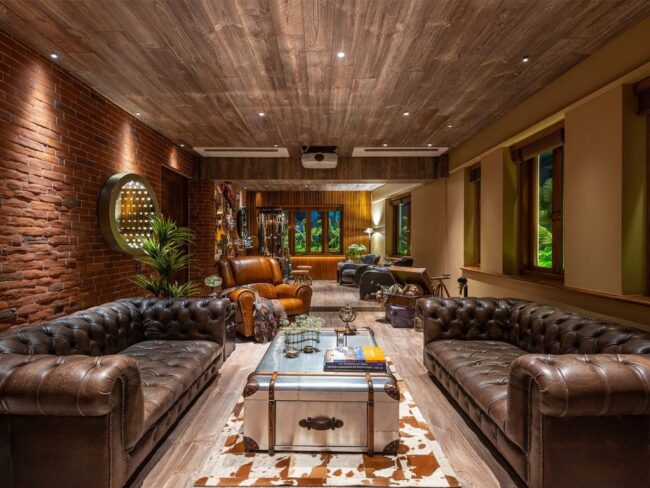
When we think of leather, it’s essential to recognize its many facets. Furniture leather types range widely, with each having unique characteristics. Full-grain leather, with its untouched, natural surface, is celebrated for its innate durability and breathability, making it a top choice for purists. On the other hand, top-grain, though refined, delivers a consistent texture and finish.
Bonded leather, a blend of its remnants and adhesive, offers an economical choice but can sometimes compromise on longevity. For an unmistakable Western rustic touch, the raw authenticity of full-grain shines the brightest, but understanding the advantages of each type will help tailor choices to specific needs and aesthetics.
Color Matters: Earthy Hues and Patinas
Within the palette of Western rustic design, colors play a paramount role. Picture the rich terracottas of canyon walls, the deep browns of fertile soil, and the muted golds of sun-kissed plains. Translated to leather, these hues create furniture pieces that echo the heart of Western landscapes.
As leather ages, it develops a patina—a gentle sheen that adds layers of character and narrative. Opt for furniture that showcases these natural color transformations, or pieces that have undergone treatments to evoke aged patinas, bridging contemporary craftsmanship with the beauty of yesteryears.
Cowboy Chic: Furniture Styles
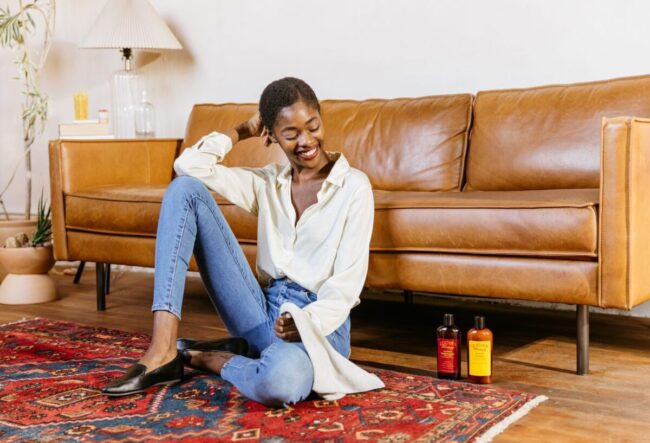
The spirit of the cowboy, with its fusion of ruggedness and elegance, finds its voice in Western-inspired furniture designs. Leather couches, or a leather recliner, adorned with ornate patterns reminiscent of saddle tooling, or armchairs accented with handcrafted wooden elements, are just a few examples.
Drawing inspiration from cowboy culture means embracing furniture that feels storied, showcasing details that hint at tales of cattle drives, campfires, and starry nights. By integrating such pieces into your decor, you’re not just furnishing a space—you’re curating an experience.
Accessorizing with Leather
While primary pieces like sofas and chairs might be the anchors of a space, it’s the smaller leather elements that tie the room together. Think of soft leather throw pillows offering comfort, textured blankets draped over wooden benches, or elegant leather-bound ottomans serving as both functional and decorative elements. Layering with these accents not only adds depth to your design but further cements the cohesive rustic ambiance, allowing each detail to play a part in the larger Western narrative.
Care and Maintenance
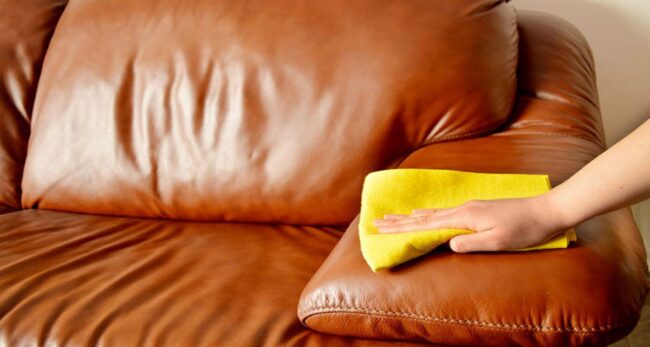
For all its rugged reputation, leather, like any natural material, requires a certain level of care to maintain its luster and extend its life. Committing to regular maintenance can ensure that your furniture remains a treasured piece for generations. Begin with routine dusting using a soft cloth to prevent particle build-up.
Protect your pieces from prolonged exposure to direct sunlight to avoid fading. Leather-specific conditioners or creams can be applied periodically to retain moisture and suppleness. Spills should be promptly addressed with a damp cloth, ensuring no residue remains. With a proactive approach, you not only keep your material looking pristine but also contribute to its evolving character, enhancing its Western rustic charm over time.
Mixing Leather with Other Materials
One of the distinctive qualities of Western rustic design is its ability to harmoniously blend varied textures and materials. Leather, with its rich and tactile surface, pairs beautifully with raw materials inherent to Western landscapes. Imagine a leather sofa juxtaposed against a stone fireplace, a dining table with chairs complemented by metal fixtures, or a headboard set against reclaimed wooden walls. Each combination not only elevates individual materials but creates a symphony of textures that encapsulate the warmth and eclecticism of Western decor.
The Art of Distressing
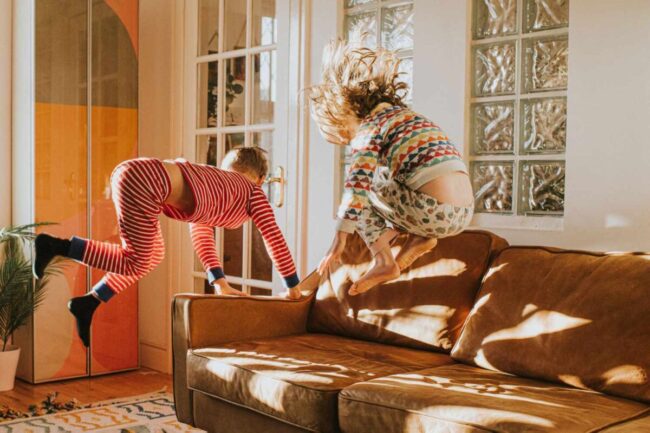
There’s an undeniable charm in items that showcase wear and history, and leather is no exception. Distressed leather, with its intentionally aged appearance, oozes character and narrative. While some pieces naturally achieve this look over time, there are techniques to expedite this process.
DIY enthusiasts can explore methods involving sandpaper, wire brushes, or even certain solvents to give skin that coveted worn-in look. However, if you’re aiming for a specific finish or if your piece is particularly valuable, consider professional distressing services. Regardless of method, distressed leather remains a cornerstone of achieving unparalleled Western authenticity.
Personalizing Leather Furniture
Western decor, while rooted in tradition, also celebrates individual expression. Customizing leather furniture with tailored details can transform a standard piece into a personalized work of art. Consider options like monogramming, where initials or symbols are stamped onto the skin, creating a personal touch.
Embossing elevates this further, with intricate patterns and designs pressed into the material. Customized upholstery choices, be it in terms of color, texture, or design, can further align your furniture with your unique vision of Western charm. Through personalization, you not only enhance aesthetic appeal but also instill a deeper emotional connection to your space.
Conclusion
Leather, with its rich heritage and timeless appeal, stands as an undisputed champion in achieving the Western rustic charm. From understanding its various facets and nuances to mastering its care and personalized styling, incorporating it into your decor can transport you to a world of frontier elegance and warmth. As you embark on this journey, let the principles of authenticity, quality, and individual expression guide you. Here’s to crafting spaces that echo with the timeless allure of the West!
